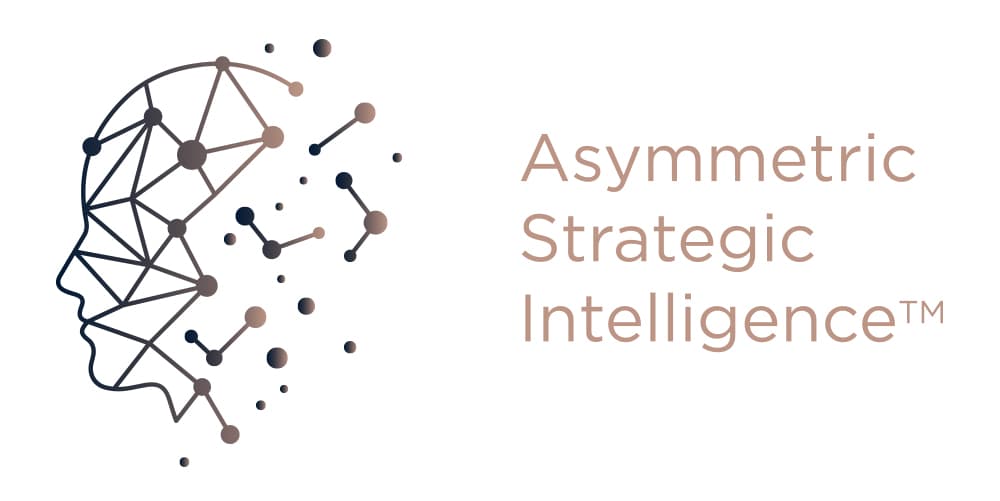
Winning referrals from impossible-to-reach enterprise account managers
The challenge
To win more referrals from account managers at a global cloud computing provider, our client needed to understand how those account managers choose from thousands of potential partners.
The account managers were impossible to reach through traditional research:
- Protected behind corporate walls
- Under intense performance pressure with no time for surveys
- Average tenure of 18 months (constant turnover)
- Scattered across multiple markets
- Addressable population measured in thousands, not millions
Most importantly: our client was operating on assumptions about what drove referral decisions.
Their competitors were operating on the same assumptions. That's why our client wasn't winning.
What intelligence revealed
Decision intelligence uncovered patterns that contradicted industry assumptions about partner referrals:
The high-value segment nobody saw:
Nearly one-third of account managers actively sought partnerships AND invested significant time in networking.
This “partner-hungry” segment was concentrated in specific markets that competitors hadn't recognised.
The psychology mismatch:
How most partners positioned themselves fundamentally misaligned with what actually drove referral decisions.
Our client's positioning assumptions—and their competitors' positioning assumptions—were wrong.
The operational sophistication map:
Different account manager work styles required completely different relationship strategies. Generic approaches failed.
Precision targeting based on professional behaviour patterns succeeded.
What changed
From scattered efforts to precision targeting:
Instead of attempting to reach all account managers equally, the client could now focus resources on:
- High-value segments with systematic targeting criteria
- Specific markets where networking delivered highest ROI
- Engagement approaches matched to target psychology
From generic positioning to competitive advantage:
The client repositioned around what actually influenced referral decisions—factors their competitors didn't understand
because competitors were still operating on industry assumptions.
From resource waste to allocation optimisation:
Five priority actions transformed how the client allocated business development resources:
- Concentrated relationship building where networking investment yielded highest returns
- Refined positioning to emphasise factors that actually influenced decisions
- Eliminated primary barriers preventing successful partnerships
- Matched engagement strategies to professional work patterns
- Aligned capability positioning with partnership psychology
The competitive advantage
This intelligence created immediate market advantage because:
Competitors can't access this population efficiently
Traditional research struggles with enterprise audiences this protected and time-constrained.
Most competitors are operating on assumptions, not intelligence.
Early mover advantage compounds
Building authentic networks based on intelligence—before competitors recognise the patterns—creates sustainable advantages.
Precision beats scatter
Focused relationship building with high-value segments outperforms generic outreach to everyone.
Why this matters for B2B intelligence
When your ideal customers are too busy, too protected, or too specialised for traditional research, you face a choice:
Compete with assumptions (like your competitors)
or
Compete with intelligence (like this client)
The client chose intelligence. The result: precision targeting instead of scattered efforts, optimised messaging instead of
generic positioning, competitive advantages instead of market following.
What intelligence means for your business
If you're making B2B positioning decisions based on assumptions about what drives partner referrals, customer retention,
or competitive wins—your competitors are probably making decisions based on the same assumptions.
That's why clients can't tell you apart.
Intelligence reveals what actually drives those decisions. Then you can position around what matters instead of what
you assume matters.
The difference is measurable.
See how ASI would work for your situation
Book a 15-minute call with Steven Lewis to discuss your specific positioning challenge — competitive losses, unclear differentiation, retention issues, proposal struggles — and examine whether Asymmetric Strategic Intelligence (ASI) would reveal the decision intelligence you need.
You'll leave knowing whether your challenge fits the ASI methodology and, if it does, exactly what the process would reveal and how you'd use it.
Prefer to email? Email us at asi@taleist.agency.